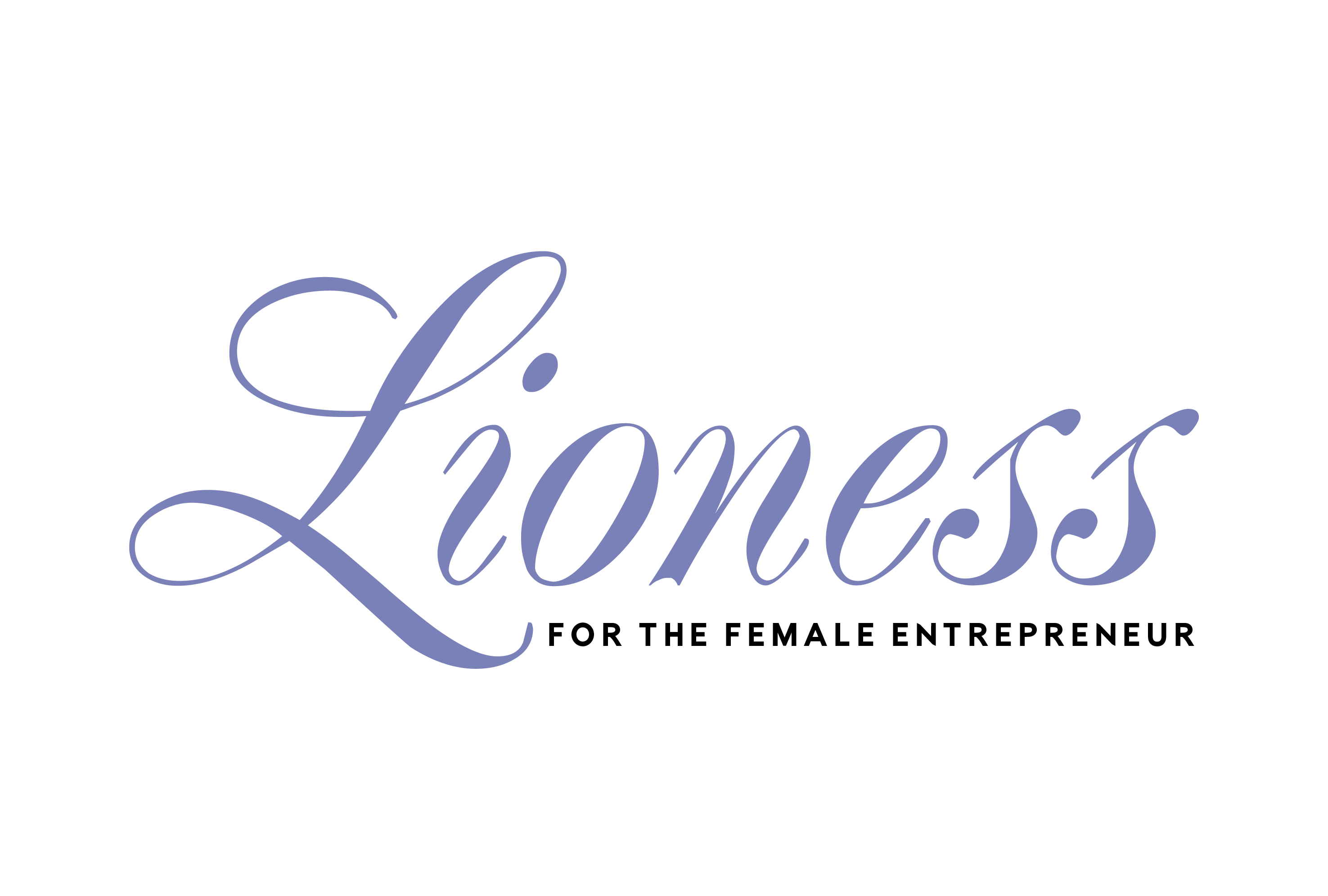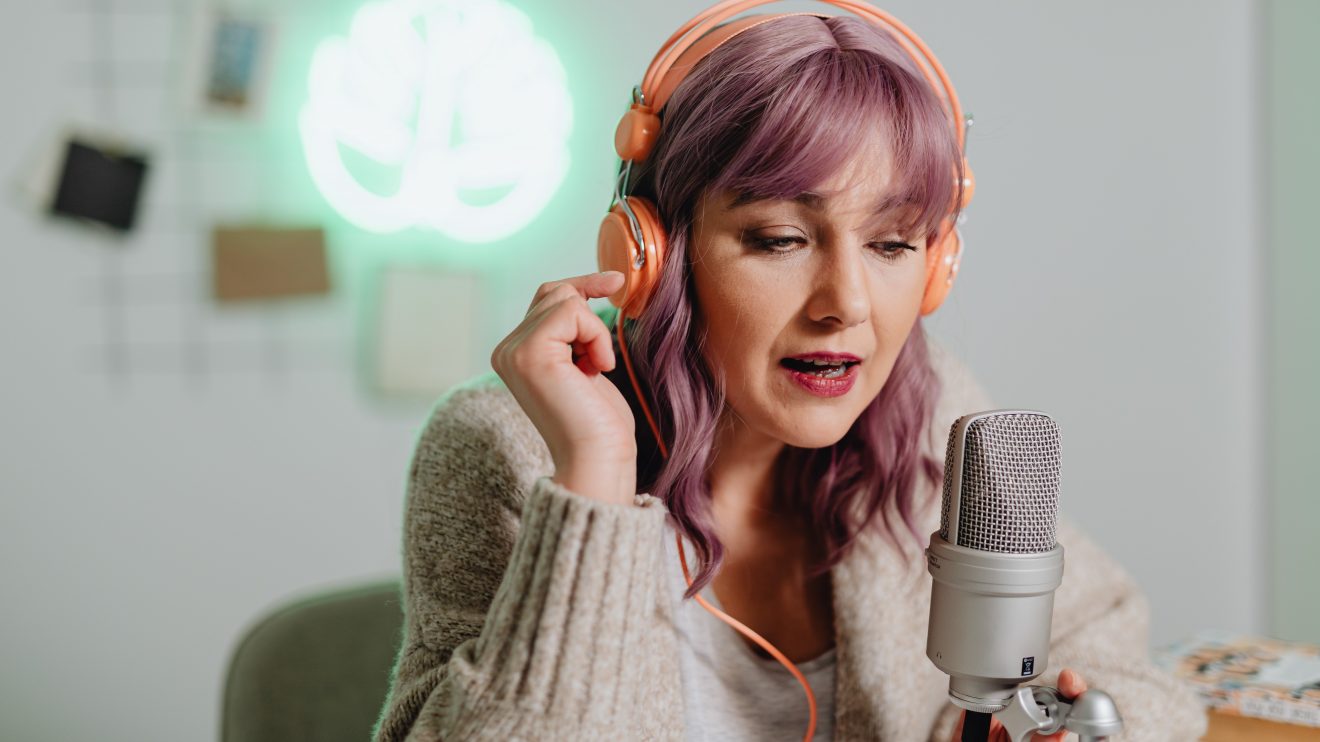Podcasting is a rapidly growing form of media – both entertaining and informative. There are over two million podcasts. Many of those enjoy significant popularity, a loyal following, and drive significant sponsorship. Growing a podcast to that level of success takes content, branding, promotion, distribution, scheduling and equipment. In this article, we’ll give you the top tips and best recommendations to get your podcast off the ground!
Getting started with a podcast
The first step is defining your podcast. Here are some questions to ask yourself. The answers will shape your podcast’s initial version which can be adapted and optimized later.
- What will it be about?
- Will you focus on guest interviews or topic deep dives?
- Do you want to go solo, or have a more conversational tone with a co-host?
- What topics or genres will you focus on? Do you want to be more informational, or more entertaining? Or both?
- Who is your target audience?
- What’s your release schedule?
You’re still not ready to start recording. Planning is the most important phase of any launch. Lots of podcasts die out early, and sometimes they start dying before they’ve even published their first episode. One reason? They don’t have a content plan. Sure, you could wing it and expect instant success, but that’s about as rare as lightning striking twice. The best way to set up a new podcast for both short-term and long-term success is to plan content for a multitude of episodes. Having the first five, ten or even more episodes planned will help keep variety in your episodes and get you into a groove. Most importantly, planning makes it easier on yourself.
Do I need branding?
YES! Branding is essential. When listeners browse for podcasts, they’re going to see only two things: your logo and your title. These both need to draw their attention. Without an eye-catching logo and/or a creative title, your podcast can get lost in a sea of other podcasts no matter how great your show and content might be. As you plan your show, think about your branding. What colors, images and language do you want to use in your branding? Will you use your likeness or not? Does your branding match your show’s content and personality, as well as your own personality and that of any co-hosts?
Including your likeness gives your podcast more personality. A logo with your likeness in it makes your podcast more personable. The biggest mistake you can make is using a boring stock image or WordArt logo. Branding must stand out to draw eyes to it. Use eye-catching colors, unique images and your likeness to add personality.
The most important part of branding is consistency. When everything looks the same on every platform, it’s easy for your listeners to recognize that it’s you. Over time, that will build brand recognition with your listeners and others. They might not click, but if they keep seeing and noticing your podcast’s logos, colors and tagline, they might someday give you a listen.
What equipment should I be using?
The goal when choosing equipment is simple – have good audio quality. Bad audio quality is impossible to ignore and will drive listeners away regardless of your content. Great audio quality will show a level of professionalism to listeners.
Recording space
Equipment, the surrounding environment and editing software all affect audio quality. Where you record is essential. The goal is to find a quiet room with minimal echo. This will provide the cleanest, clearest sound regardless of recording equipment. If you don’t have that space, an echo can be partially removed. Foam panels help absorb echoes and other harsh sounds. This is an inexpensive option from Amazon, but there are many more expensive, higher-quality options out there.
Microphones and headphones
The range of microphones is massive, from something as simple as an iPhone or as complex as a $1000+ microphone. Those tend to be overkill at first, but there is a happy medium between professional equipment and an iPhone. USB microphones are easy to use and affordable. The Blue Yeti is a great option that many people use for podcasting. The Audio-Technica ATR2100x is another good, affordable USB microphone.
While not necessary, a pair of headphones will make your podcast recording experience much smoother. It’ll allow you to notice changes in voice levels and have a clearer audio picture as you record. The Sennheiser H280 Pro is a highly recommended, affordable option. Do some research of your own and find what you like best. The equipment you’ll use should be based on personal needs and preferences.
Recording and editing software
Last but not least is software. There are many options, and some of the best ones are free. Audacity is a free program that gives you all the tools to get your podcast on the air. GarageBand, while limited to Apple products, is also a free option that supplies everything you’ll need for your podcasting journey.
If you have co-hosts and do not plan on recording in the same physical space, there’s another step to recording. You’ll need some form of video-conferencing software. Zoom provides the best audio quality, but there are other options as well. If you want to post your podcast in video format or intend to use Zoom as part of the recording process, investing in a webcam for a better picture is a great idea. Having video recordings of your podcast allows for more promotional opportunities and more platforms to distribute to. The Logitech C720 is a good starter option.
When should I release episodes?
A lot of new podcasts commit the cardinal sin of poor scheduling. A show’s release schedule is imperative to its success, and consistency is key. If you release episodes randomly with no pattern, your listeners will eventually tune out due to the frustration of not knowing when a new episode will release. Releasing new episodes daily, weekly or monthly lets your fans know when they can expect new episodes. Knowing a new episode is coming on a certain day will build excitement with fans. Over time, that fosters listener retention and a core audience. A consistent schedule also helps fans build your podcast into their schedule, whether they plan to listen to it on their commute, during their lunch break or while they work.
When determining when to release episodes and how often, there are many factors to consider. Do you have enough content to release episodes monthly, bi-weekly or weekly? What day of the week will you release episodes on? Some podcasts have content that’s better suited to the middle of the week, while some are more suited to the weekend. What time of day will your episodes drop? Don’t release your podcast at 8 p.m., because it’s already yesterday’s news when people see it. Early in the day before most people are on their commute is the best time to release a new episode.
Whatever you choose for your schedule, stick to it, and inform your fans about it. If you must change it, tell your listeners so they have the most up-to-date information.
How do I distribute my podcast?
Distribution is essential to any form of entertainment. The key, much like other media, is to be on as many platforms as possible. The last thing you want to do is make people download or check out a platform they don’t use. They’ll go find another podcast instead of going through that hassle. There are more podcast platforms than you’d think, including Spotify, Apple Podcasts, Google Podcasts, Stitcher, Breaker and many others.
There are a few distribution services that’ll get your podcast on all these platforms. We recommend using Anchor, a free platform that takes minimal effort to upload episodes onto every available platform. Once you create your account, set up your show and upload an episode the platform will submit your show to all the platforms for approval. As each approves your show, your episodes will automatically upload whenever you post them on Anchor.
If your podcast has a video component, whether it’s a snippet, an entire episode or live-streaming, that expands the number of platforms you can distribute to. The best streaming options are Twitch, Youtube Streaming and Facebook. YouTube is the best platform for uploading full episodes. For shorter-form content, posting snippets of episodes on Instagram, Twitter and TikTok is a great way to drive engagement and gain new listeners.
How do I launch and promote my podcast?
The first decision you need to make about launching your podcast is the type of launch. Will you use a soft launch or a hard launch?
Hard launch
A hard launch is when you launch your podcast as a complete product to everyone. The benefits of this include:
- Building more anticipation leading up to launch
- Releasing as a fully-developed product
- Including multiple episodes released at once
Soft launch
A soft launch is a more limited launch focused on garnering feedback on a mostly complete product. The format and benefits of a soft launch are:
- Releasing a few episodes on schedule before releasing them to a full audience
- Gathering feedback throughout the release of the first few episodes
- Making changes and refining before releasing to a full audience
Promotion
Once you’ve determined your launch plan, you need to promote. Don’t make separate accounts for your podcast initially. Spread the word among your followers and then, if the podcast takes off, you can create specific podcast accounts down the road.
Spend a little time and promote your podcast and your guests. Here are some ideas to get you started:
- Post about the podcast on your social media accounts
- Create teasers, highlights and video snippets
- Ask questions to increase engagement
- Remember to promote your guests and ask them to promote you, too
- Try polls to discover your audience’s likes and dislikes
- Engage with your audience whenever and wherever you can
- Inform your followers about when new episodes will drop and where to find them
- Add the podcast link to the bios on your social media accounts
- Tell your friends!
The most important part of promotion is being consistent with what you post, ensuring that the content posted is engaging and draws eyes. Post on as many platforms as possible to reach the largest audience possible.
Start casting!
Now you’ve got all the information, resources and tips you need to make a successful podcast, so go out there and start recording! The most important thing is to not give up. It won’t be an instant success, and at times you’ll want to quit, but if you persist, there’s nothing that can stop you from creating a successful and lasting podcast.
Looking to listen to some podcasts as well? Click here for our Cool Casts for Entrepreneurs weekly feature!







Add Comment